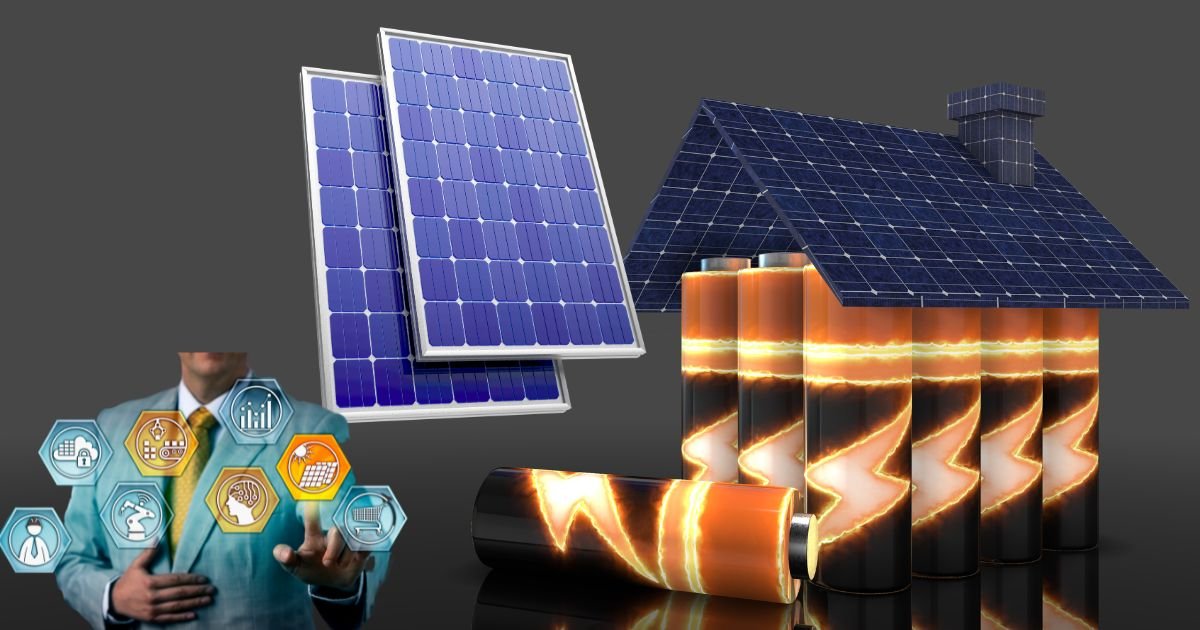Introduction
Photovoltaics (PV) are solar panels that convert energy from the sun into usable electricity. Also known as solar cells, they work through the photovoltaic effect, generating electric current when exposed to sunlight. In this article we’ll look at what the photovoltaic effect is, the key components and workings of a basic solar cell, factors impacting efficiency, common applications, and the future of solar PV technology.
Read More: Jinko Solar

What is the Photovoltaic Effect?
The photovoltaic effect is a process that generates voltage or electric current when a photovoltaic material is exposed to light. When photons from sunlight strike the PV material, they excite electrons from their normal state, allowing those electrons to be captured and transformed into electric current. This electric current can then be used as electricity.
Components and Workings of a Basic Solar Cell
While designs can vary, most basic solar cells contain:
- A semiconductor material like silicon to absorb photons and generate electrons. The most common is crystalline silicon.
- An anti-reflective coating to reduce reflection off the semiconductor surface so more light is absorbed.
- Top and bottom electrodes connected to the semiconductor to capture the electrons and conduct the electrical current.
When light hits the anti-reflective coated semiconductor, photons are absorbed by the semiconductor, exciting electrons loose. The electric field created by the positive/negative electrodes causes the electrons to flow in one direction, generating an electric current.
Factors Impacting Solar PV Efficiency
There are several key factors that determine the efficiency of a solar PV cell:

- Semiconductor material – Crystalline silicon is most common, others are gallium arsenide or cadmium telluride.
- Light absorption and reflection – Anti-reflective coatings maximize light absorption into the cell.
- Cell temperature – Higher temps cause electrons to move faster, lowering efficiency.
- Orientation and tilt – Direct orientation perpendicular to sunlight is optimal.
- Wiring and connections – Minimal electrical resistance allows optimal electron flow.
Applications of Photovoltaics
Solar PV cells have three main tiers of application:
- Small scale like solar powered calculators
- Intermediate scale like home rooftop systems
- Large scale utility systems generating electricity for the grid
Other applications include space satellites, lighted street signs, water pumping, and more.
The Future of Solar PV
Research continues into making solar PV more efficient and cost-competitive with fossil fuels. This includes thinner silicon wafers, organic PV films, and concentrating PV that uses lenses and mirrors to concentrate sunlight onto smaller cells. If production costs continue to fall, solar electricity has the potential to become a major sustainable energy source.
Conclusion
By understanding the photovoltaic effect and how photons excite electrons in semiconductor materials to generate electric current, we can appreciate the immense potential of photovoltaics. As solar technology evolves and becomes more affordable and efficient, it promises to be a renewable energy source that can realistically reduce reliance on non-renewable resources.
Read More: Photovoltaics

Relevant FAQs
Q: How efficient are most solar panels today?
A: The average efficiency of solar panels falls between 15-20%. Top end panels may reach over 22% efficiency.
Q: Do solar panels work on cloudy days?
A: Yes, but output is reduced. Panels can still generate 10-25% of full capacity on overcast days.
Q: How long do solar panels last?
A: Most solar panels still operate at over 80% efficiency after 25 years. Many manufacturers offer 20-30 year warranties.
Q: Are there solar panels that work at night?
A: No, solar PV cells require sunlight to function. New technology is needed to develop panels that work in darkness.
Q: Which direction should solar panels face?
A: In the northern hemisphere, south-facing panels tilted at an angle equal to your latitude receive optimal sunlight exposure.